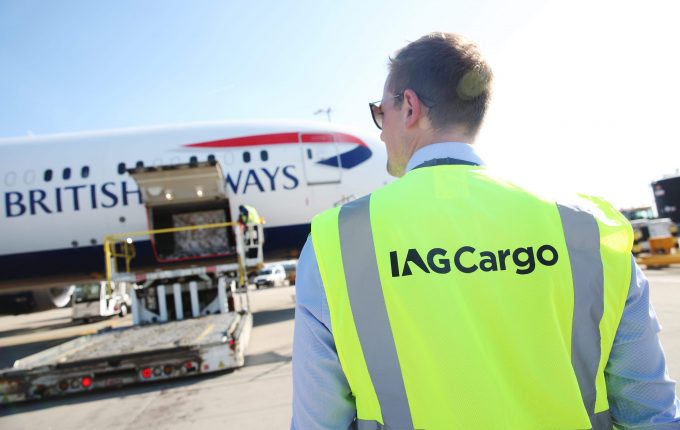Airfreight demand expected to weaken through Q2
Weak ecommerce demand has seen cancellations of airline block space agreements and charters, particularly to the ...

The return of bellies to the market has led to an increase in cargo capacity, and lower rates than during the pandemic peak, but it’s not yet at pre-Covid levels, claimed IAG Cargo this week.
Increasing passenger flights and available cargo capacity is significant for IAG Cargo, according to Camilo Garcia Cervera, its chief sales and marketing officer.
“With further capacity, we can offer more flexibility in scheduling shipments, which is particularly beneficial for time-sensitive cargo,” he told The Loadstar.
The strong comeback ...
'Disastrous' DSV-Schenker merger would 'disrupt European haulage market'
New senior management for DSV as it readies for DB Schenker takeover
Volumes set to 'fall off a cliff' as US firms hit the brakes on sourcing and bookings
Asian exporters scramble for ships and boxes to beat 90-day tariff pause
Amazon pushes into LTL for small package fulfilment and UPS does a u-turn
Temporary tariff relief brings on early transpacific peak season
Pre-tariff rush of goods from US to China sees air rates soar, but not for long
Forwarders 'allowing the fox into the chicken run' by supporting 'hungry' carriers


Comment on this article